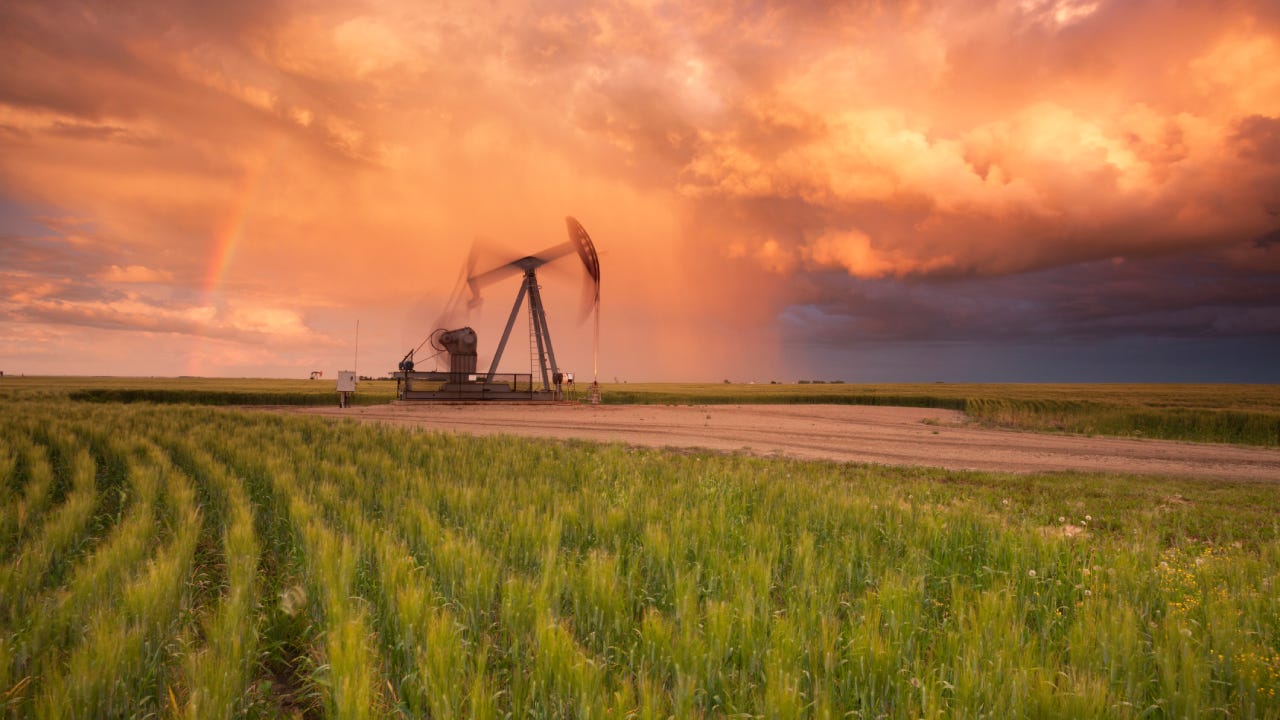What are commodities?




Our writers and editors used an in-house natural language generation platform to assist with portions of this article, allowing them to focus on adding information that is uniquely helpful. The article was reviewed, fact-checked and edited by our editorial staff prior to publication.
Commodities are tangible raw materials that can be traded and exchanged for other similar basic goods. Some common examples are crude oil, corn and cattle. Commodities are usually interchangeable regardless of producer.
Commodities are often split into two categories: hard and soft. Hard commodities refer to natural resources that need to be extracted or mined, and include precious metals such as gold and silver or energy sources such as crude oil and natural gas. Soft commodities generally include livestock and crops.
Here are additional categories and examples, how and why to invest in commodities, risks to consider and what makes commodities different from stocks.
Commodity categories and examples
| Hard | Examples |
|---|---|
| Precious metals | Gold, silver, platinum |
| Industrial metals | Aluminum, nickel, zinc, copper, lead |
| Energy | Crude oil, heating oil, natural gas, gasoline |
| Soft | Examples |
|---|---|
| Agriculture | Corn, soybeans, wheat, rice, cocoa, coffee, cotton, sugar |
| Livestock | Lean hogs, live cattle, feeder cattle |
How commodity prices are determined
According to research conducted by the World Bank in 2020, since 1996, sudden shocks in the global economy have been the main cause of price instability in commodities. Around 50 percent of price variations can be attributed to shifts in global demand, while around 20 percent can be attributed to changes in global supply.
At the most basic level, fluctuations in buying and selling cause changes in commodity prices. In other words: supply and demand is the name of the game. Commodities are also often vulnerable to environmental factors such as weather conditions and disasters — think droughts, wildfires and floods, to name a few.
Why invest in commodities?
Commodities have historically shown a positive correlation with high inflation, meaning that returns tend to rise during inflationary periods. As inflation rises and the value of the dollar decreases, hard assets such as oil, gold and silver tend to rise. By adding commodities to an investment portfolio, investors can help protect against inflation.
As an asset class, commodities can be uncorrelated or inversely correlated to other assets in the portfolio, such as stocks and bonds. This helps smoothen investment returns over time and can lead to less annual volatility in an investor’s portfolio, all else equal.
How to invest in commodities
Investing in commodities involves a lot of complexities, so it’s not a perfect fit for all types of investors. However, there are many ways to invest, including buying commodities futures contracts, ETFs, commodity-linked stocks, mutual funds and commodity-linked bonds. You can also directly invest in commodities. For instance, buying gold or silver, which some investors do as a way to hedge against inflation.
“Investors must understand that the only way to make money in commodities is for the price to appreciate, unlike a stock, which can appreciate due to the underlying company’s growing cash flow,” says James Royal, principal writer on investing, Bankrate. “If you buy a bar of gold, it’s still a bar of gold in 10 years, so you need to buy at a time where the commodity is undervalued. But determining when a commodity is undervalued can sometimes be quite tricky.”
Sticking to ETFs and mutual funds is advisable for beginners because they offer protection through indices and professional management. It’s likely best to leave commodity producer stocks and futures contracts to experienced investors.
“More sophisticated investors turn to futures, because they can help magnify the price moves in commodities, turning small fluctuations into more significant profits,” says Royal. “Of course, the leverage of futures cuts both ways, potentially leading to significant losses, too.”
Risks of trading commodities
The primary risk of trading commodities is volatility, meaning large, often unpredictable swings in prices. This makes commodities attractive to speculators, and their actions can also impact prices. Unlike with equities, commodity profitability typically moves in the opposite direction of the stock market’s trend.
“Commodities are among the most volatile investments,” says Royal. “When they’re hot, commodities can skyrocket hundreds of percent in a year, but generally that price performance won’t continue for long, as the market adjusts and commodities producers ramp up operations to capture those higher prices. So commodities are not ‘set it and forget it’ investments.”
Additionally, environmental damage is still prevalent in industries such as livestock farming, agriculture, mining and extraction, despite global legislation promoting sustainable practices. Commodities carry significant risk, surpassing that of stocks, due to their rapid price fluctuations influenced by factors such as supply and demand, government policies and speculation.
It’s important for investors to understand that the drivers of commodities prices are varied, so you can’t talk about commodities as a uniform entity. The factors that affect gold prices have nothing to do with corn prices, for example. So it’s vital to understand the individual markets, not just ‘commodities’ as a whole.— James Royal | BANKRATE PRINCIPAL WRITER, INVESTING AND WEALTH MANAGEMENT
Stocks vs. commodities
Stocks represent ownership in the company issuing the stock, while commodities are goods. Commodities are often traded using futures — a form of speculation — but it’s not the only way to invest in commodities. As covered above, investors can buy stocks of companies producing commodities or ETFs of physical commodities or ETFs of commodity producers. Therefore, stocks and commodities are not mutually exclusive.
As for commodity futures versus stocks, these two investment categories differ in how they are used by investors. In many cases, stocks are held for many years to take advantage of long-term trends in the market, while futures are more frequently day-traded, swing-traded or scalped due to their price being affected by fundamental drivers that are conducive to shorter time frames in volatile markets. However, these are generalizations, and you can hold stocks for any period of time, and you can hold futures contracts until they expire.
Finally, both stocks and commodities can be influenced by interest rates, but the main driver for commodities is supply and demand, while stocks can be influenced by company performance (earnings and profitability), market sentiment, valuation and more.
Bottom line
Commodities can be a valuable asset to an investor’s portfolio, offering potentially greater returns than stocks during specific, often shorter, periods of time. They also can help diversify and hedge against inflation. However, understanding how to invest in commodities and the risks inherent in trading them is essential to successful investing.
Editorial Disclaimer: All investors are advised to conduct their own independent research into investment strategies before making an investment decision. In addition, investors are advised that past investment product performance is no guarantee of future price appreciation.
Why we ask for feedback Your feedback helps us improve our content and services. It takes less than a minute to complete.
Your responses are anonymous and will only be used for improving our website.
You may also like


What are the strongest value currencies in the world?


